Experiencing the Joy of Food Through Traditional Cooking
Cooking Beyond the Kitchen: Authentic Cuisine & Cultural Heritage
On a regular evening, Kazu’s tiny doorway is crammed with a hungry line-up of customers, bustling to get their foot in the door.
Waiters and waitresses walk hastily, carrying dishes from the open kitchen counter to small tables while customers look through the menu of traditional Japanese dishes. Kazuo Akutsu, owner of Japanese restaurant Kazu in Shaughnessy Village, personalizes the traditional recipes, adding more flavours and spices to each dish. Cooking and serving the customers is what makes Akutsu happy, which is why the restaurant is always busy, he explained.
That’s how it has created a sense of community.
Buta-Don, his favourite traditional dish—a 48-hour stewed pork with onions on rice with red ginger—is a Japanese curry recipe he learned from his family, featured as number 22 on the menu.
Akutsu took an interest in cooking at a young age and learned the basics from his mother and grandmother. But it’s his experience working at a hotel kitchen that shaped him into the chef he is today. The most important thing in cooking, he said, is the heart.
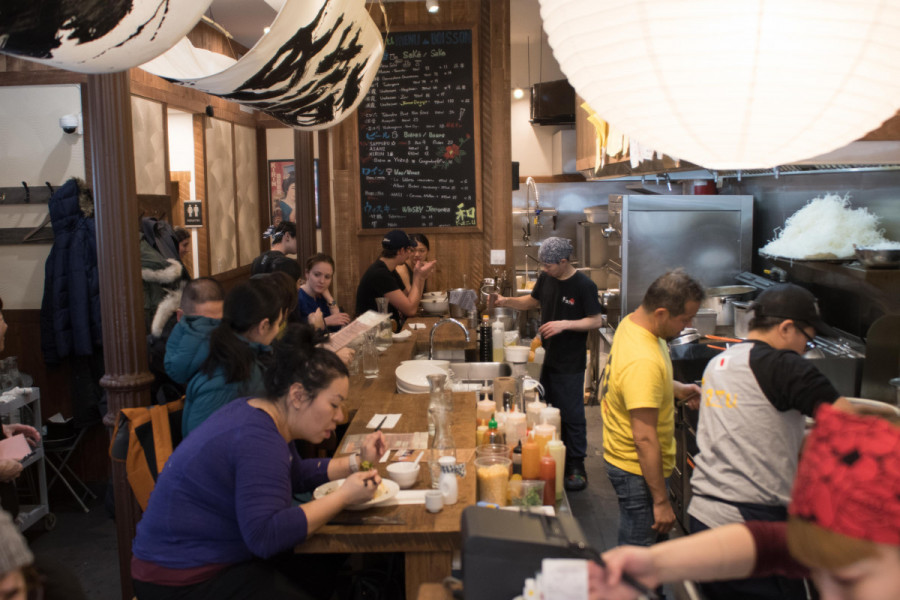
Eating was not always an inconvenience, but today it is something we scramble to find time for in our busy schedules. It has become a multitasking activity. Sixty per cent of Canadians say they sometimes do another activity while eating. However, eating and cooking still is, for some, an inseparable part of culture and identity. Food was prepared to be enjoyed. And in some cultures, it remains that way.
Canadian immigrants have brought with them traditional values and customs of cooking that are thriving here.
A big part of food is the culture behind it—the hand-picked ingredients, the age-old recipes, the cooking techniques, and, most importantly, the people. “There’s always joy when we’re eating together, and the way we eat, […] it’s just something that bonds us,” said Anthony Vassiliou, owner of Eviva Greek Tavern in Dollard-des-Ormeaux.
In the restaurant, painted blue and white for the Greek flag, Vassiliou has created a homey atmosphere for his diverse clientele to enjoy. Once they enter the restaurant, they enter Greece—from the flavours to spending more than a couple of hours at the dinner table. “They come, they sit, they enjoy the food the way we enjoy the food,” he said.
Eviva, in Greek, translates to “cheers” and is commonly used around the table.
Food is at the centre of the family and brings everyone together. “Food was so important that my friends would come and my grandmother would chase them around the house to feed them. God forbid you leave without eating—you’d break her heart,” Vassiliou said.
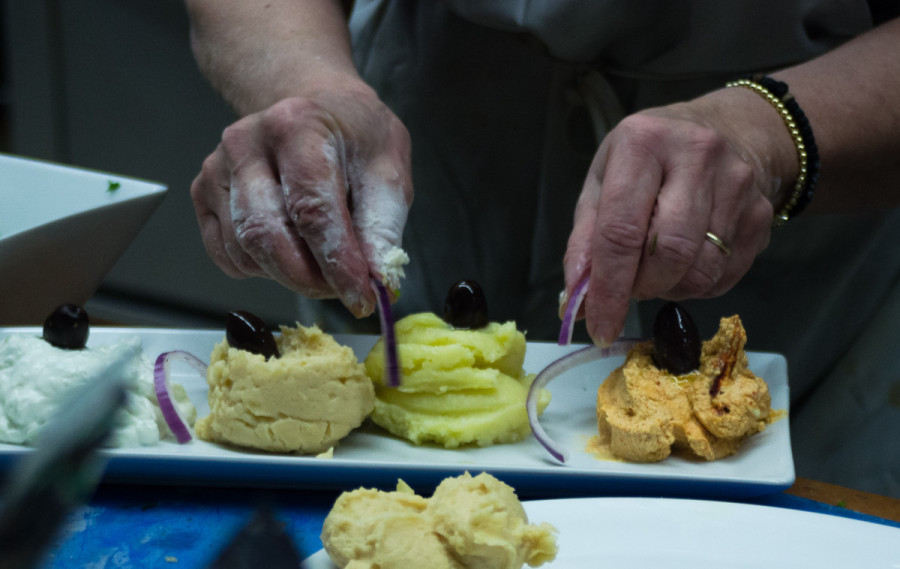
After arriving in Canada from Greece, Vassiliou’s parents went into the restaurant business. Whether at home or not, Vassiliou was always surrounded by Greek food and tradition. Later on, he developed an interest in family recipes and their origins. “I grew up with it. I have an inclination towards it,” Vassiliou said.
All the food at Eviva is prepared by the family. Vassiliou’s mother prepares all the casserole dishes, such as moussaka—an eggplant or potato-based dish, often including ground meat—and biftekia—a baked pasta dish with ground meat and béchamel sauce. His uncle prepares the sides like potatoes and rice, and Vassiliou himself cooks at the grill. “The beauty about this kind of restaurant is that it’s a very hands-on family operation,” he explained.
Traditional recipes traveled across the ocean to Montreal’s restaurant table. “Something I’m still trying to master is moussaka,” Vassiliou said of a family recipe that goes back four generations.
One tray can take up to three to four hours to prepare, he said.
“If you cut one little corner, it changes the whole dish,” he said, explaining the importance of detail in its preparation.
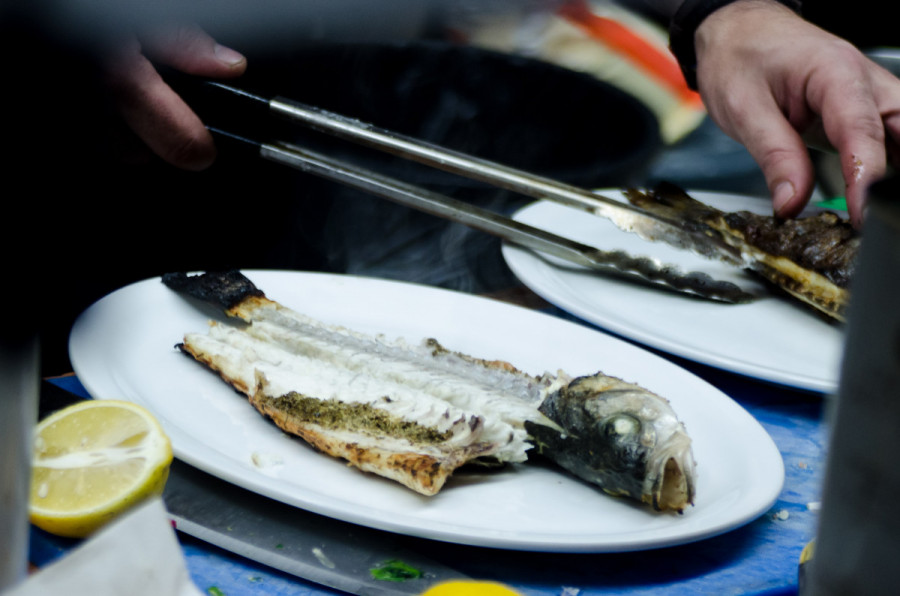
“Food was so important that even visitors, my friends would come and my grandmother would chase them around the house to feed them. God forbid you leave without eating—you’d break her heart.”
—_Anthony Vassiliou_
Traditional recipes are time-consuming, and cooking is a part of the enjoyment, particularly for special occasions and holidays that gather the entire family.
“Every festivity brings with it the joy of eating and sharing the table, singing and dancing,” said Rajiv Chopra, owner of Sahib, an authentic Indian restaurant in Pointe-Claire. “So Indians have a very proud heritage, we have a rich culture. Food is of tremendous importance, and certain dishes are made for certain festivities.”
Milk-based sweets for example, like the laddu or barfi, are usually prepared for special occasions. These recipes take time.
“Paneer is something that they would painstakingly make and then it would be ‘Oh wow, there’s fresh paneer in the house,’” he said, explaining the laborious process of making it. Paneer is a fresh cheese used for sweets and curries, among other recipes.
Today, people have less time to dedicate to cooking. The convenience of takeout is a very tempting solution. More than 50 per cent of Canadians eat out or order takeout at least once a week, and 40 per cent of the time, it’s because of the convenience. The pace of life is faster, and more and more foods are available upon order and delivery.
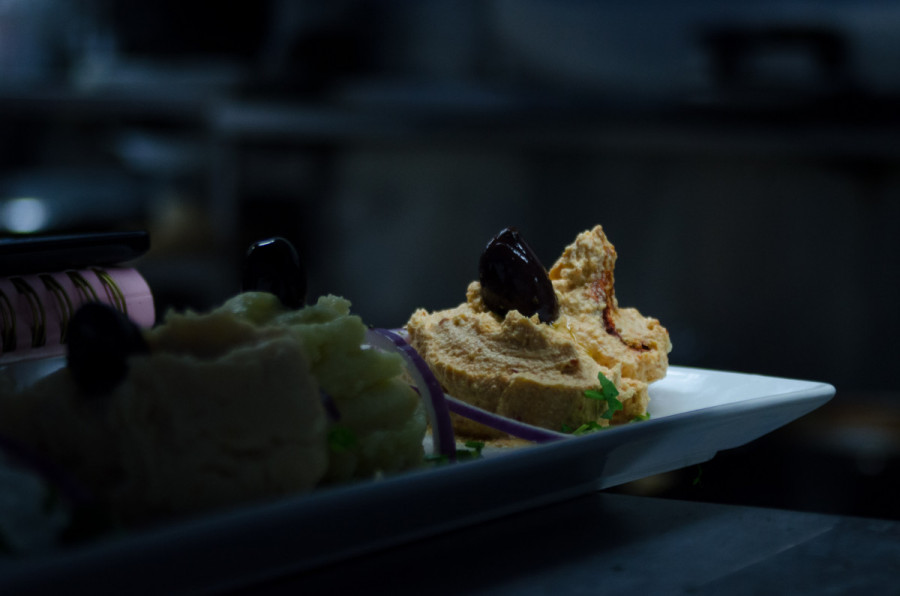
“They charge you to save your time so you can buy absolutely [anything],” Chopra said. Any Indian dish, from daal and samosas to paratha and naan bread, can be found premade or frozen, ready to reheat. At Sahib, however, trained chefs use tandoors to cook the dishes, from skewered meats to naan. Chopra explained that originally, the tandoor worked with charcoal, but now, for efficiency and cleanliness, they use propane.
After the lunch hour rush, the chefs prepared roti for themselves in the tandoor—a crispy, unleavened wheat-flour bread.
Despite India having a very large population with vegetarian and vegan diets due to cultural beliefs and faith, Chopra serves meat to accommodate his restaurant’s diverse clientele. Chopra himself had never eaten beef before arriving in Montreal in his early twenties from Chandigarh, the capital city of Punjab and Haryana.
In traditional Indian households, the women ruled the kitchen, said Chopra, and everything from yogurt to chapati—a variation of roti—was made from scratch.
“Both my grandmothers, they had their own recipe for making, for instance, mango chutney. Both had their own flavours. […] Mango is the most desired fruit in India,’’ he said.
“My [maternal] grandmother used to control the kitchen. She was vegetarian—she didn’t want any meat to enter her kitchen. If somebody wanted to cook [it], we had to cook it outside of her kitchen,” he said.
He explained that every household has its own recipe for traditional dishes, like curry. The use of ingredients differs according to the region. In the south, for example, using coconut and its oil is common, whereas in the north, using canola oil is the norm as is a heavier handful of onions.
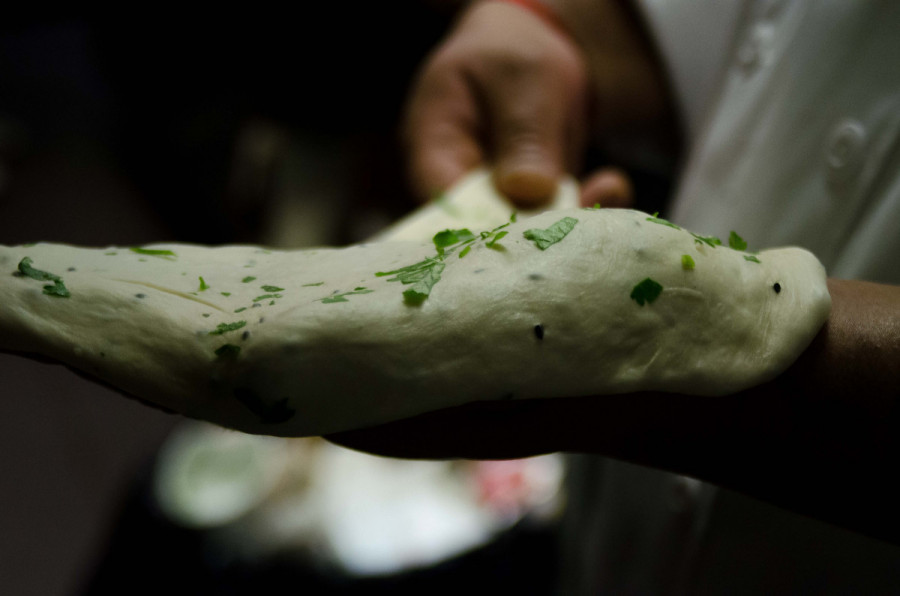
The influence of geography is even greater across oceans. One challenge that comes with bringing traditional cuisine to another country is the difference in the produce that is available. “I do everything by myself. I go to the market every morning. I pick up my own vegetables and fruits so everything is fresh,” said Vassiliou.
Akutsu, too, faces the same challenge, to which he was a stranger before moving to Montreal. He began working as a cook in his Japanese hometown of Ibaraki, which he describes as an oceanside fisherman’s city. The daily supply of fresh seafood was plentiful and easy to access. “[In Montreal], it’s difficult. Everything is frozen,” he said, laughing.
All three restaurant owners have incorporated the traditions of their relatives and carried these over to Montreal. However, they all expressed uncertainty in regard to passing these down to the next generation, due to the differences of the Canadian culture, where family structure, social environment, and way of life aren’t the same.
Despite the difficulties of maintaining cultural authenticity and resisting erosion from the Western world, food remains at the centre of life—for necessity, but also for so much more.
In Chopra’s words, “It’s the joie de vivre.”

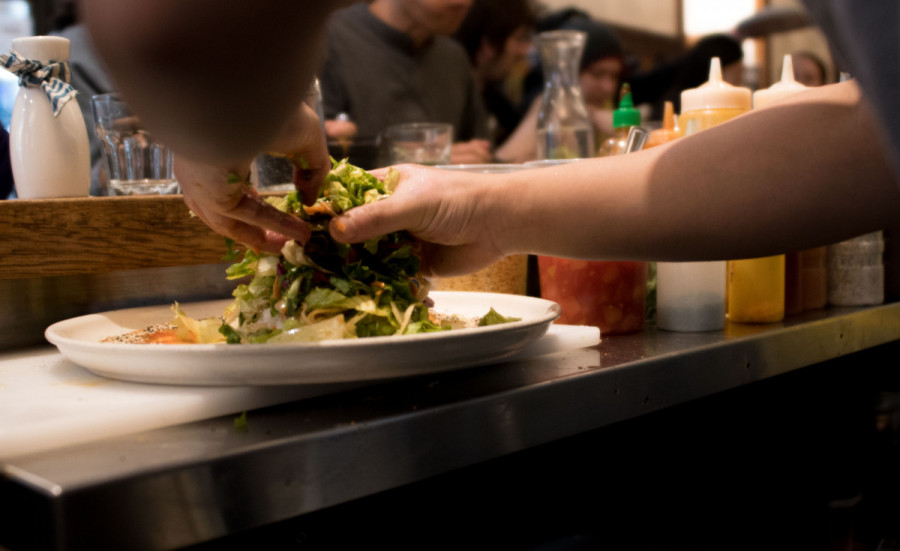

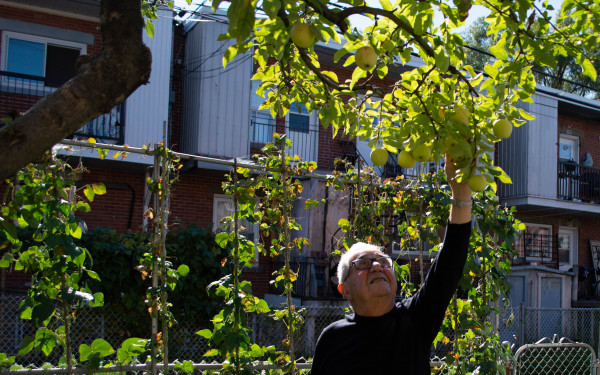

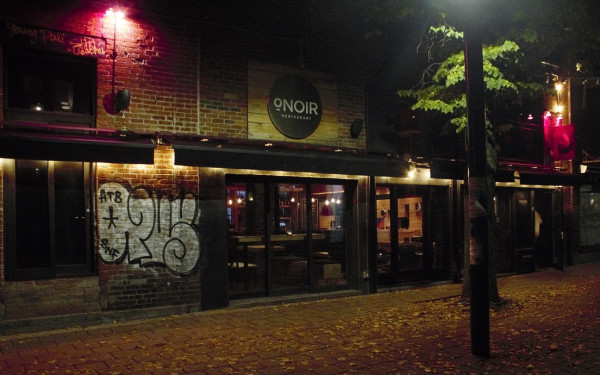
_600_375_s_c1.png)